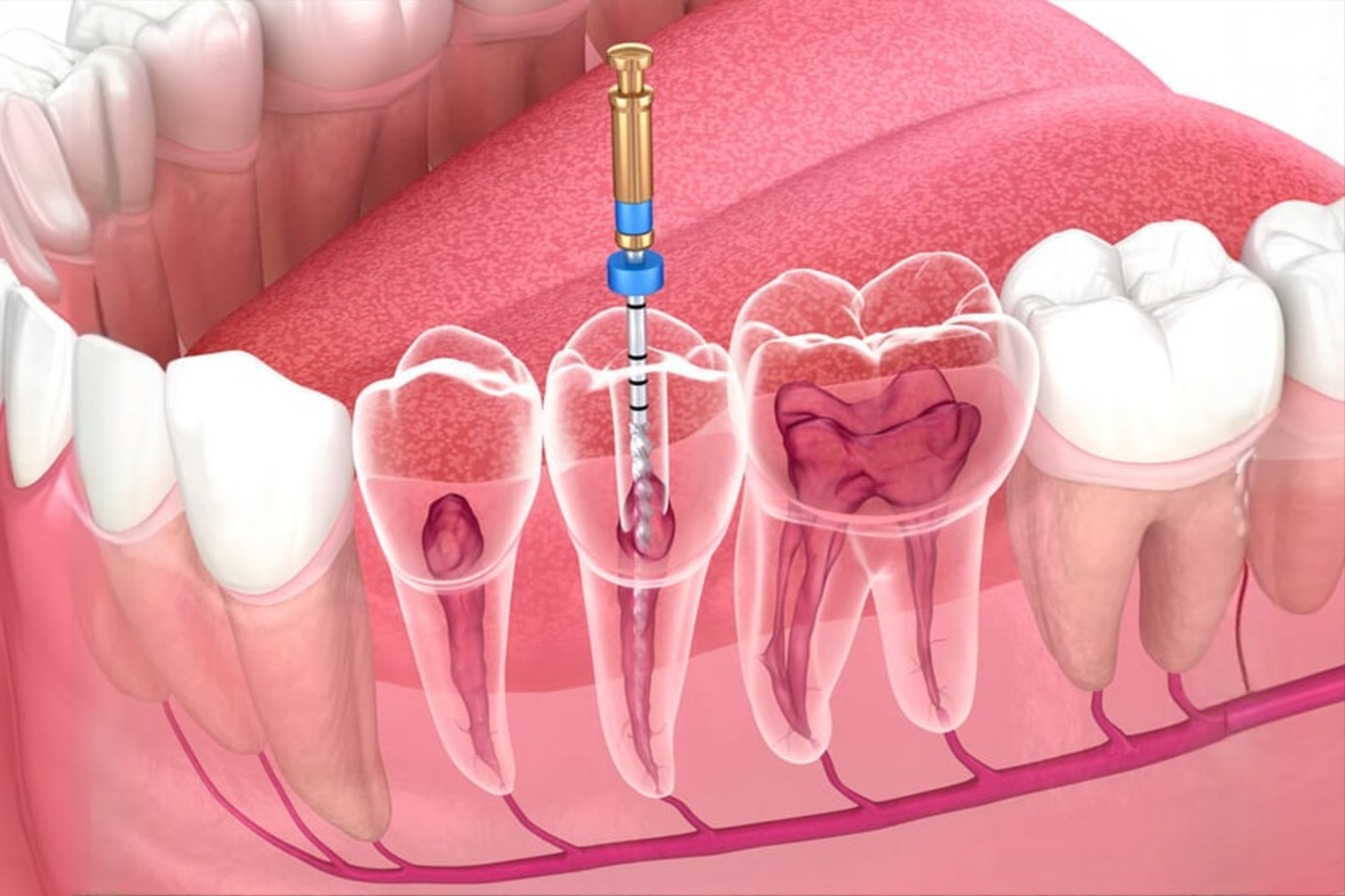Root canal therapy is a common dental procedure practiced by dentists worldwide, designed to save the natural tooth by removing the infected pulp. However, at times the tooth does not heal completely or may develop a new infection. This necessitates the need for Endodontic Retreatment in such cases.
So here let’s discuss and bring about awareness regarding Endodontic Retreatment.
What is Endodontic Retreatment?
Endodontic retreatment is performed when a previous root canal treatment fails to heal or a new infection develops, often indicated by persistent pain, swelling, or sensitivity with the affected tooth.
Why is Retreatment Needed?
• Failed Initial Treatment: Missed canals, incomplete debridement, inability to maintain canal patency, or separated instruments within the canal
• Re-infection: Due to lack of seal around the roots, loss of coronal seal, new decay around the tooth or cracked tooth.
• Anatomical Complications: Narrow, curved, or calcified roots.
What is the procedure like?
Endodontic retreatment is similar to the previously done root canal treatment procedure performed under local anesthesia, with the intention to not feel any pain during the procedure. During the process, we meticulously access the tooth by debriding fillings that are present coronally as well as within the roots, re-establish the patency within the roots, thoroughly disinfect them and finally re-seal the entire tooth. The objective is to save the tooth than mere extraction.
Any Scans/Xray’s required prior to the procedure?
Yes. An advanced imaging technique, named CBCT scan is mandatory. This scan is executed to assess the tooth 3-dimensionally and to meticulously plan the treatment. Also, if any hindrances towards a successful prognosis are informed to the patient before commencement of the procedure.
How long does the procedure take and how many appointments?
The procedure approximately takes around 1-2 hours, depending on the complexity of the case and the number of roots in your tooth.
In cases of severe infection, we place a medicament to ensure healing and complete the treatment in the subsequent visits.
What are the signs that one may need retreatment?
• Lingering sensitivity to hot or cold
• Pain when biting or chewing
• A small swelling/blister on the gums that may come and go
• Swelling of the jaw on the affected side
• Signs of a new or ongoing tooth infection
How can SMC Endodontists help?
We meticulously plan and accommodate a personalized treatment for our patients, to ensure the best outcome. We also use the latest techniques and materials to ensure the treatment is comfortable and stress-free. We assure to restore your dental health with our experienced team.
So, if you are experiencing any signs or symptoms in your previously treated root canal treatment, do not hesitate to reach out to us. We would be more than happy to address any queries you may have!

